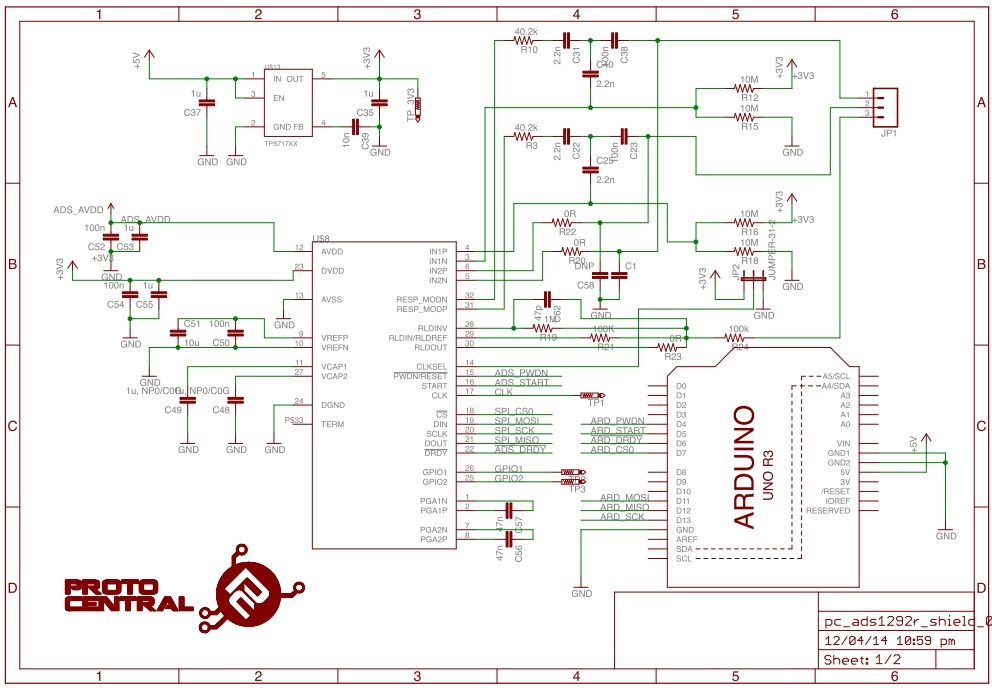Hi Folks.
I am new to this forum and to TI devices so any help would be greatly appreciated.
I am currently trying to talk to a ADS1292R via SPI I have connected to an arduino UNO for the moment. I just want to do a basic talk like read the register but I am not having any luck.
On page 35 of the data sheet
Register Read Commands
RREG Read n nnnn registers starting at address r rrrr 001r rrrr (2xh)(2) 000n nnnn(2)
WREG Write n nnnn registers starting at address r rrrr 010r rrrr (4xh)(2) 000n nnnn(2)
(1) When in RDATAC mode, the RREG command is ignored.
(2) n nnnn = number of registers to be read or written – 1. For example, to read or write three registers, set n nnnn = 0 (0010). r rrrr = starting register address for read and write opcodes.
I want to read the Control Register which is at address 0x00, but using the above notation i'm not sure what value to send. Can someone explain to me what
r rrrr and n nnnn should be as i am a bit confused, why 5 characters instead of 4 for hex?
Thanks,
Mark.












